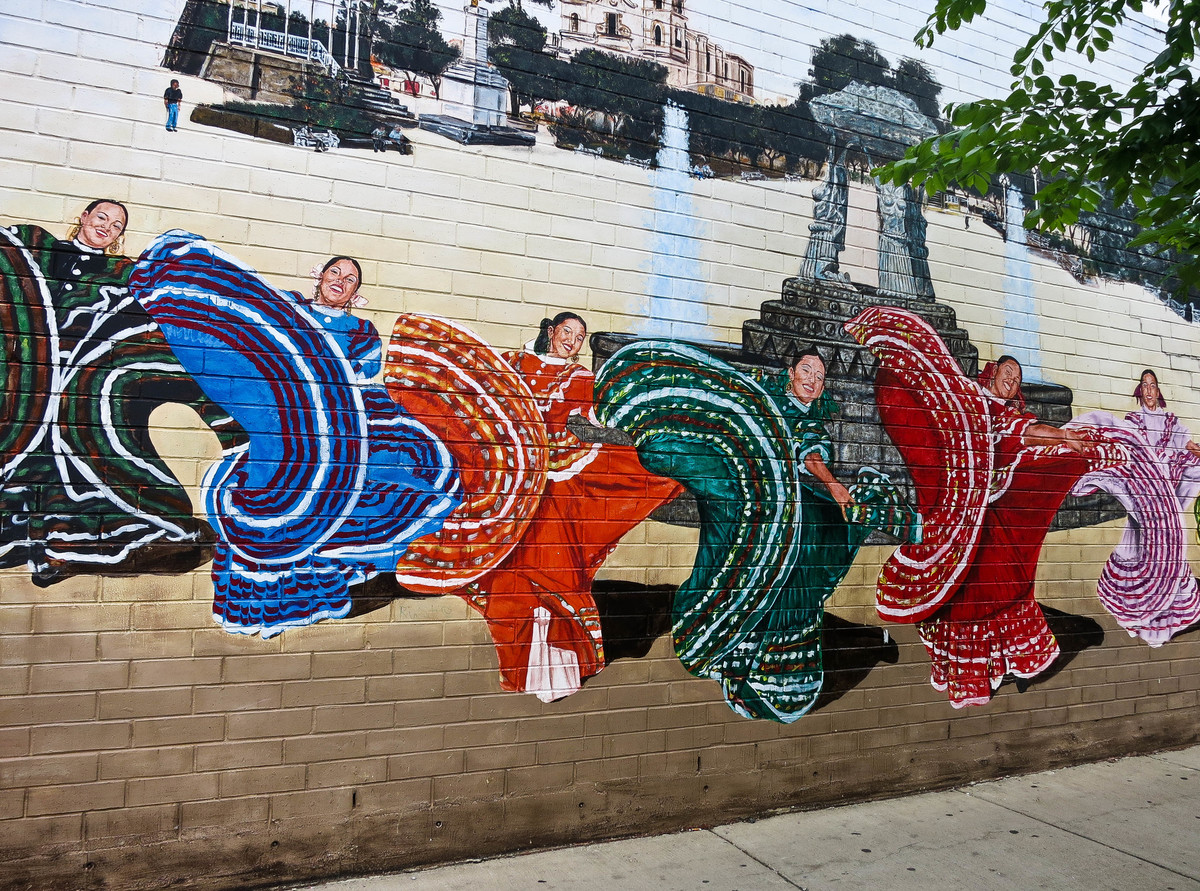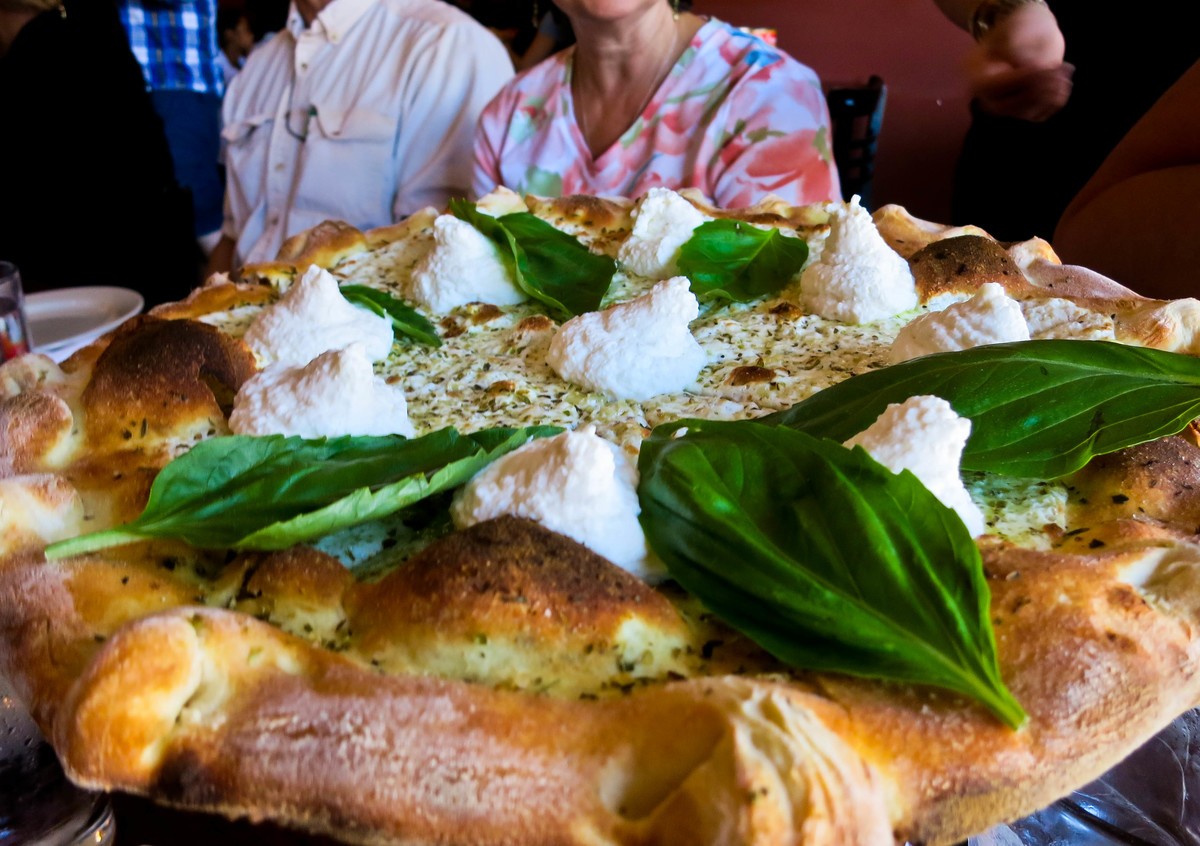Chicago is such a massive city that it can be hard to know how to even start exploring. Most tourists will flock to the Magnificent Mile with its myriad of worthy attractions and stunning architecture. It’s a good starting point, but those who dig deeper will find that Chicago is truly a city of neighborhoods, and to really understand the city, you need to explore some of its diverse offerings.
Here are a few often-overlooked areas to start your hunt for the real neighborhoods of Chicago.

Reflections from the Bean in Chicago. Photo By Justin Kern CC BY
Pilsen

Pilsen is a great snapshot of Chicago’s constantly changing and evolving ethnic populations. The area was founded by the Irish, named by the Czechs and is now inhabited primarily by Mexican-Americans, although gentrification is starting to creep in around the edges. The area is now a mix between the working class and a thriving artist community that together give the area a distinctly bohemian feel.

An often overlooked Chicago neighborhood. Photo by Brian Lauer CC BY
Find stays under $150 in Pilsen
Stop by Pilsen not just to visit the excellent National Museum of Mexican Art, but to take in the diverse and beautiful street art, and of course to have lunch at a cheap and authentic taqueria (try Tacos Palas or Carnitas Uruapan). There are some fun festivals in this neighborhood throughout the year, including a mole cook-off, so check online before you go.
Wicker Park

You have to go out of your way to get here, but you won’t mind because Wicker Park is one of Chicago’s hippest neighborhoods. What used to be the Polish part of Chicago (Little Ukraine is still thriving nearby) is now a hip area full of small independent shops, great restaurants and dive bars. Wicker Park also has a strong musical history and is a great place to catch some undercover bands.

Wicker Park is one of Chicago’s coolest neighborhoods. Photo By Mark Altstiel CC BY
Find stays under $150 in Wicker Park
This is the perfect area for a date night out in Chicago. Start with dinner at a popular spot (Smoke Daddy BBQ is pretty great), and then head to any one of the many dive bars in the area. End the night with some live music at Empty Bottle or Double Door. If you find yourself here earlier in the day, then have the delicious brunch at Milk & Honey and browse some of the local used bookstores.
Logan Square

Logsan Square lit up at night. Photo by Chris Bentley CC BY
Just a quick walk north of Wicker Park is Logan Square, a monument to a bygone era of extreme, over-the-top wealth. Logan Boulevard in particular is populated with ostentatious old mansions. It’s easy to spend a few hours just strolling the wide, leafy streets and taking in the varying architectural styles.

Unique boutiques dot Chicago. Photo by Wolfbait & B-Girls Facebook
Find stays under $150 near Logan Square
Nowadays Chicagoans come to Logan Square for its music scene and for the shopping. The area where Kimball, Diversey and Milwaukee streets intersect hosts both big chain stores and smaller unique shopping opportunities. Check out some very local boutiques like Wolfbait & B-Girls, which features only clothing designed and made in Chicago.
Lakeview

Some tourists head up here to catch an afternoon Cubs game at Wrigley Park, but there is a lot more to see and do in this area. Lakeview is a unique mix of residential, commercial (around Wrigleyville) and alternative (around Boystown, Chicago’s largest LGBT community).

The Gay Pylon at Halsted Street in Boystown. Photo by Eric Allix Rogers CC BY
Find stays under $150 in Lakeview
Even if you don’t have a ticket, it’s worth heading to Lakeview on game day to hang out in one of the many nearby bars and watch the game surrounded by thousands of cheering (and probably intoxicated) fans. The rest of the time Halsted Street in Boystown is the place for electric, dance-all-night kind of fun. Lakeview is also the spot for high end dining with popular restaurants like Buleria’s Tapas Bar, Mia Francesca and Yoshi’s Cafe.
Bronzeville

Train heading to Bronzeville, Chicago. Photo by Kymberly Janisch CC BY
Everyone is familiar with Hyde Park and its famous associations (the University of Chicago, the World’s Fair etc.), but most pass through Bronzeville without even stopping. This is a serious oversight as this area, often called the Harlem of Chicago, has a lot of important historical value. From the 1920’s to the 1940’s the area was known as a “black metropolis,” a city within a city where African-American culture thrived.

Event on at the Bronzeville Forum. Photo by Chris Bentley CC BY
Find stays under $150 in Bronzeville
The area has changed a lot since then, but many landmarks remain, including the Chicago Defender Building, home of the country’s foremost African-American newspaper and the Sunset Cafe which hosted jazz legends like Louis Armstrong and Benny Goodman. The Bronzeville Visitors Center or the DuSable Museum of African-American History are both good starting points.
What are your top recommendations for Chicago?